
Bird's Nest Beijing10 Things about you did not know about Bird's Nest, China
Beijing National Stadium is also called Bird's Nest as its exterior appearance is like a nest shape. It is the world's largest steel structure with 120,000 tons of steel used. The stadium's main structure is an enormous saddle-shaped elliptic steel structure weighing 42,000 tons. With such a heavy steel structure, the stadium had to be able.
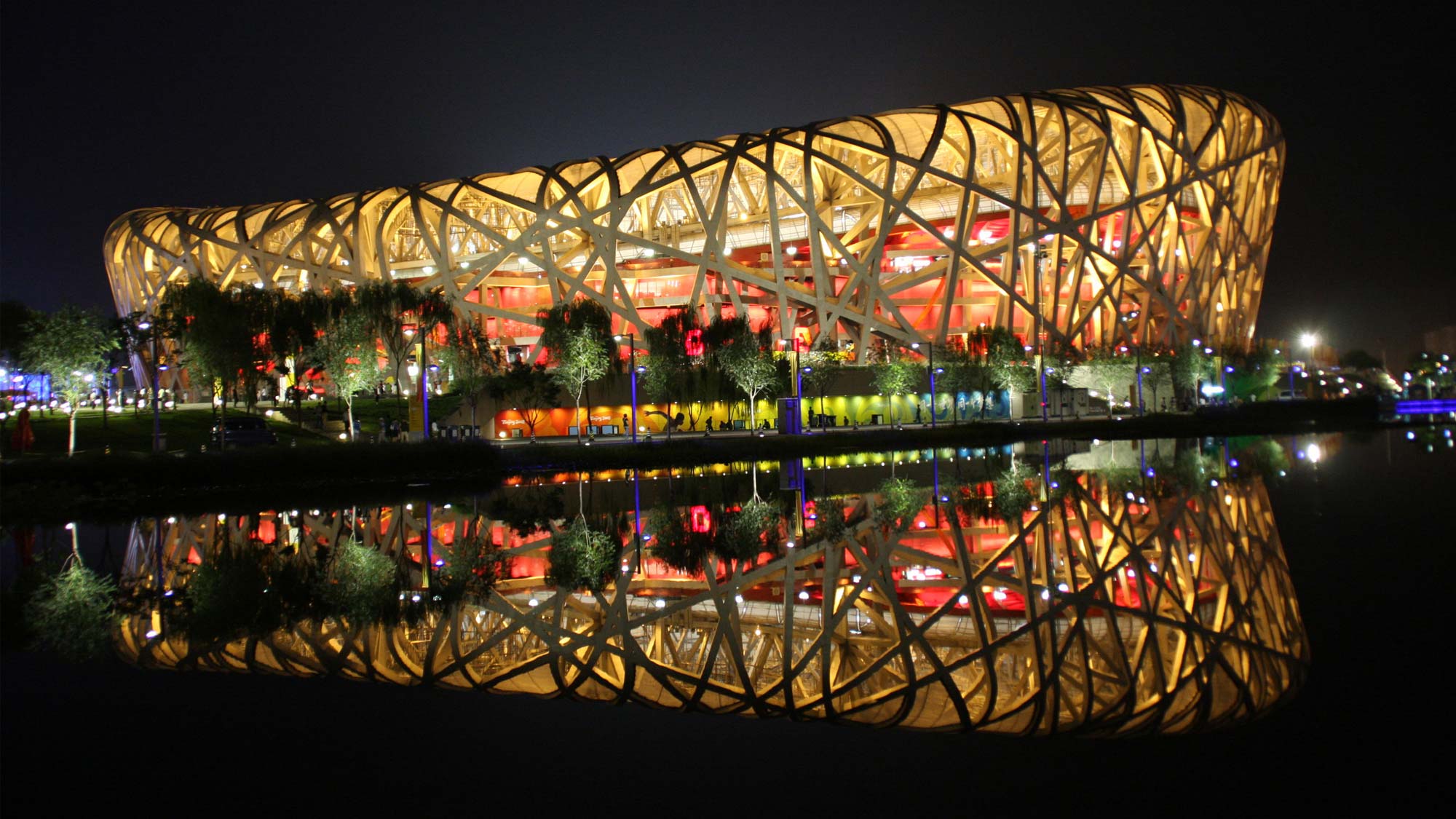
Architecture & Structural Engineering of National Stadium (Bird's Nest) for Beijing Olympics
Architects responsible for designing extraordinary buildings draw inspiration from various sources, with nature being a significant influence in most cases.The reason is that nature offers visible.

Beijing 'bird's nest' stadium wins coveted Lubetkin Prize
Affectionately known as Bird's Nest, the National Stadium is situated in Olympic Green Village, Chaoyang District of Beijing City. It was designed as the main stadium of 2008 Beijing Olympic Games. The Olympic events of track and field, football, gavelock, weight throw and discus were held there.

What to Do in Beijing Beijing national stadium, China travel, Beijing
The Beijing National Stadium, better known as the "Bird's Nest", China is one of the world's largest engineering marvels. The colossal structure, designed by architects Herzog & de Meuron along with stadium designer Arup, and China Architecture Design & Research Group, was originally meant for the 2008 Summer Olympics and Paralympics.

NUMIT Bird Nest 浓密燕窝 BIRD's NEST ORIGINATED FROM TAIPING, MALAYSIA Bird’s Nest stadium
The Tangled Politics of Beijing's Bird's Nest. Feb 05, 2022. print Tweet. Philip Cunningham. Independent Scholar. The last time Vladimir Putin attended the opening ceremony for the Olympic Games in Beijing, the logistics went smoothly and the pageantry was world class, though reports of Russia's invasion of Georgia threatened to steal the.
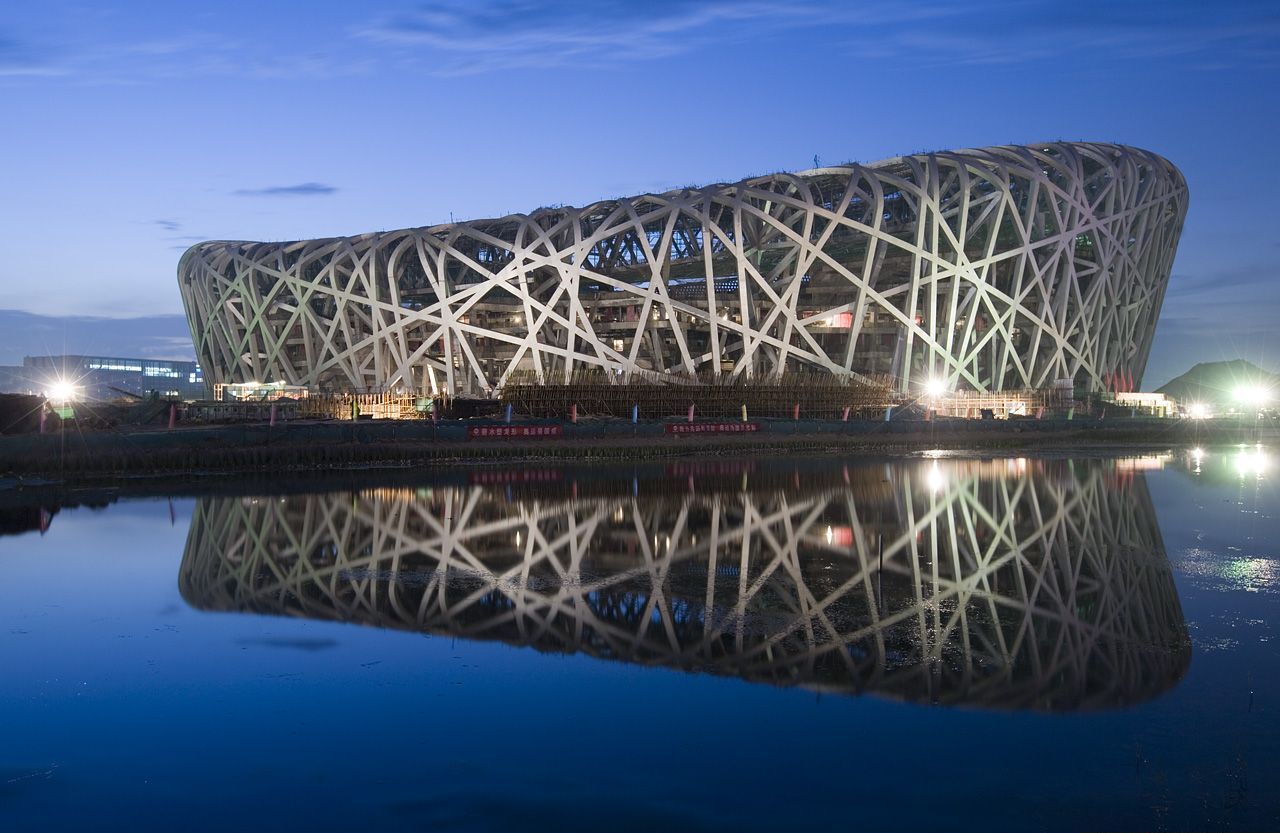
Beijing Stadium The Bird's Nest Olympic Stadium MyClipta
Gross Floor Area: 254,600m2. Height: maximum 69.2m (266.4ft) above pitch level. Design Consortium: Arup, Herzog & De Meuron Architekten AG, China Architecture Design & Research Group. Completion Date: Early 2008. Bird's Nest Beijing Stadium photos / information from Arup. Herzog & de Meuron Architects, Switzerland. Arup.

Bird's Nest Stadium for the 2008 Beijing Olympics. Weiwei since regrets designing it, because of
The National Stadium [2] ( 国家体育场 ), a.k.a Bird's Nest ( 鸟巢 ), [3] is a stadium at Olympic Green in Chaoyang, Beijing, China. The National Stadium, covering an area of 204,000 square meters with 91,000 capacity, broke ground in December 2003, officially started construction in March 2004, and was completed in June 2008.

Beijing National Stadium Birds Nest, Beijing, China, Architect Herzog... News Photo Getty Images
But after the last athletes left the Olympic village, the Beijing government had to figure out how to make a profit out of the massive structure. In 2012, it seemed the Bird's Nest stadium was in danger of being abandoned. NPR wrote that the venue looked tired. It cost $480 million to build, and an additional $11 million to maintain.
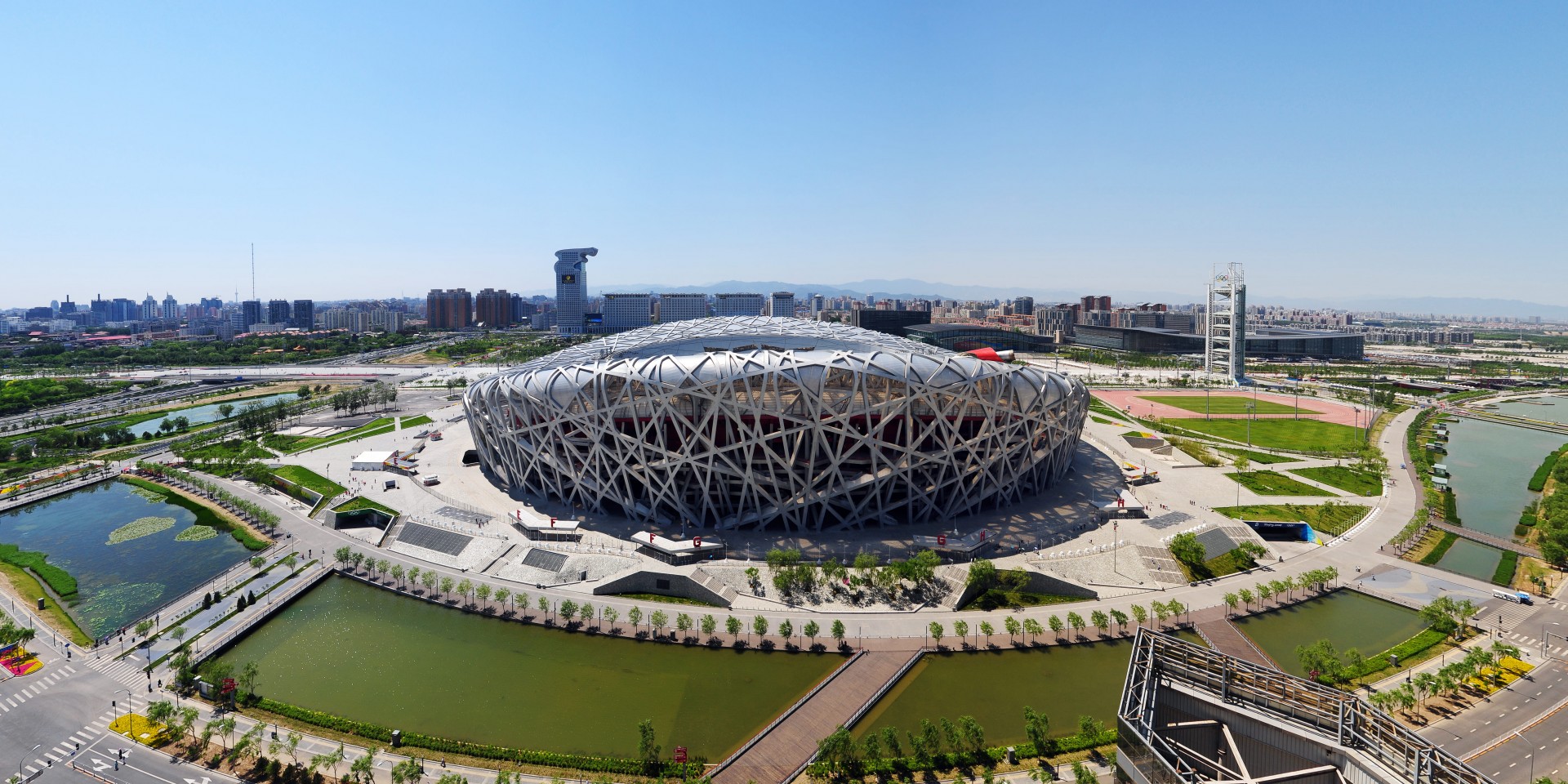
Beijing National Stadium the famous Bird’s Nest We Build Value
This stadium is located in Beijing China. This stadium is designed by Herzog &de meuron arupsport china architectural design & research group. This stadium is designed for Olympic. The Bird's Nest sometimes has some extra temporary large screens installed at the stands of the stadium. Located at the Olympic Green, the stadium cost US$428 million.

Beijing National Stadium, officially the National Stadium, also known as the Bird's Nest, is a
Built on the Olympic Green, Beijing National Stadium, or the Bird's Nest Stadium, as it has become known, is the biggest stadium in Beijing and an important Olympic venue, which staged the 2008 Summer Olympics. The outer shell is the world's largest steel structure, forming part of the most complex Olympic stadium ever constructed.
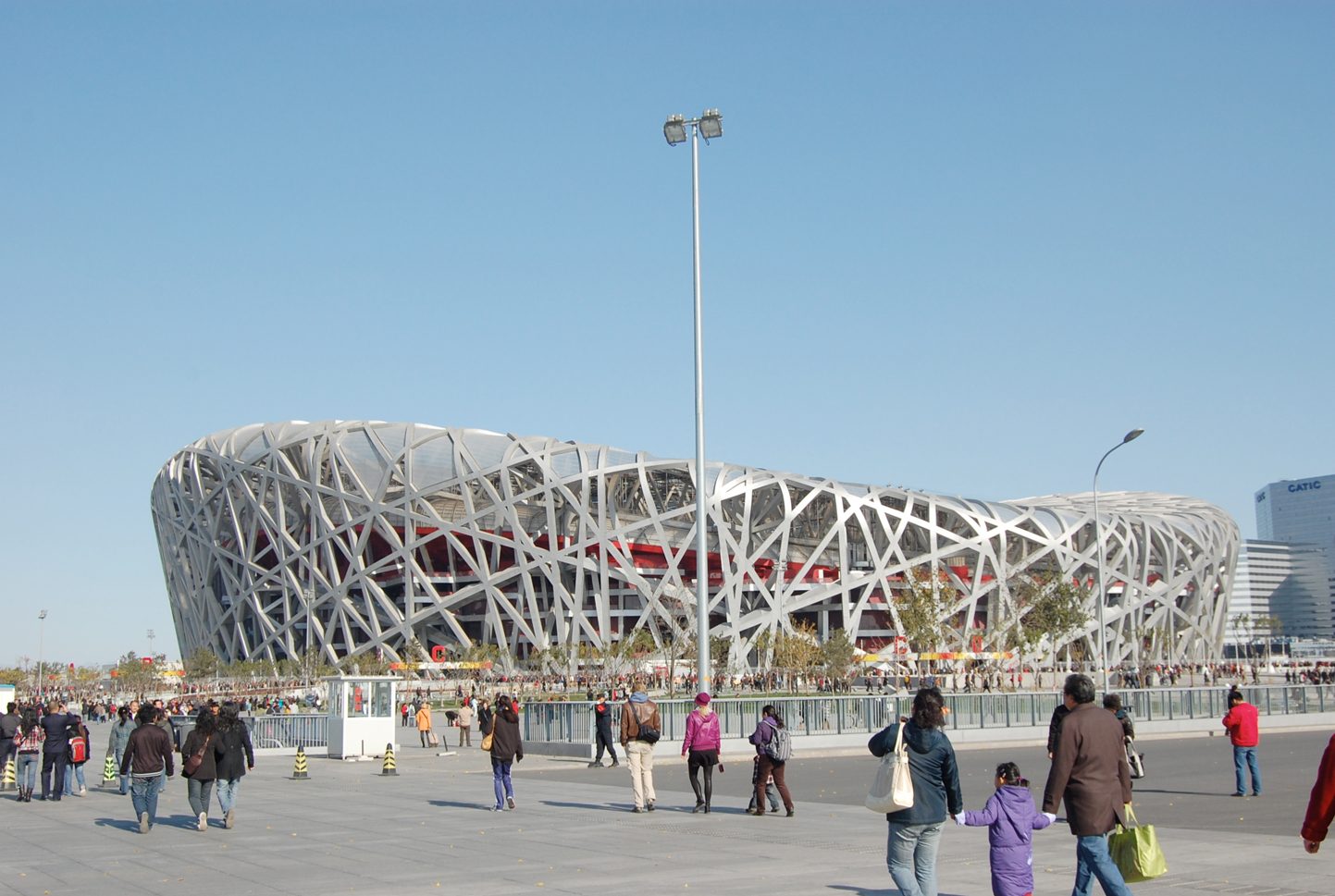
THE BIRD’S NEST Beijing’s National Stadium › Buensalido+Architects
The "bird's nest" alongside the Watercube. The 100,000-seat National Stadium in Beijing is a multi-use sports venue. Built at a cost of £300m, the Beijing National Stadium, located at the south of the centrepiece Olympic Green, is a stunning landmark building that staged the 2008 Olympic Games from 8 August to 24 August 2008.

Beijing National Stadium. ("The Bird's Nest"). Beijing. China. Pentax User Photo Gallery
The "Bird's Nest" stadium is the world's largest steel structure. The stadium's steel struts measure 35 kilometres (22 miles) Beijing National Stadium was built between 2003 and 2008 for the Summer Olympic Games. Each year the stadium hosts an average of 60 major sporting and artistic events. The opening ceremony of the Beijing Winter.

Matteo Colombo Travel Photography National stadium bird's nest in Beijing at night Stock
Beijing National Stadium - stadium description. International design competition was launched almost immediately afer Beijing has been selected as host city for 2008 Olympics. World's leading architects sent their ideas for the 100,000-seater stadium with retractable roof. A shortlist of 13 was created and of those the best were Herzog and de.

The Bird’s Nest Olympic Stadium, Beijing Amazing buildings, Beautiful buildings, China travel
BEIJING (Reuters) - Envisioned as the iconic centerpiece for the Beijing Olympics, the "Bird's Nest" National Stadium is an architectural expression of China's pride and burgeoning confidence. The.

FreeWall birds nest stadium beijing china wallpapers
The 91,000-seat stadium was designed to incorporate elements of Chinese art and culture. The National Stadium's main structure is an enormous saddle-shaped elliptic steel structure weighing 42,000t. The stadium extends 333m from north to south and 294m from east to west, with a height of 69.2m. The stadium design included demountable seats of.
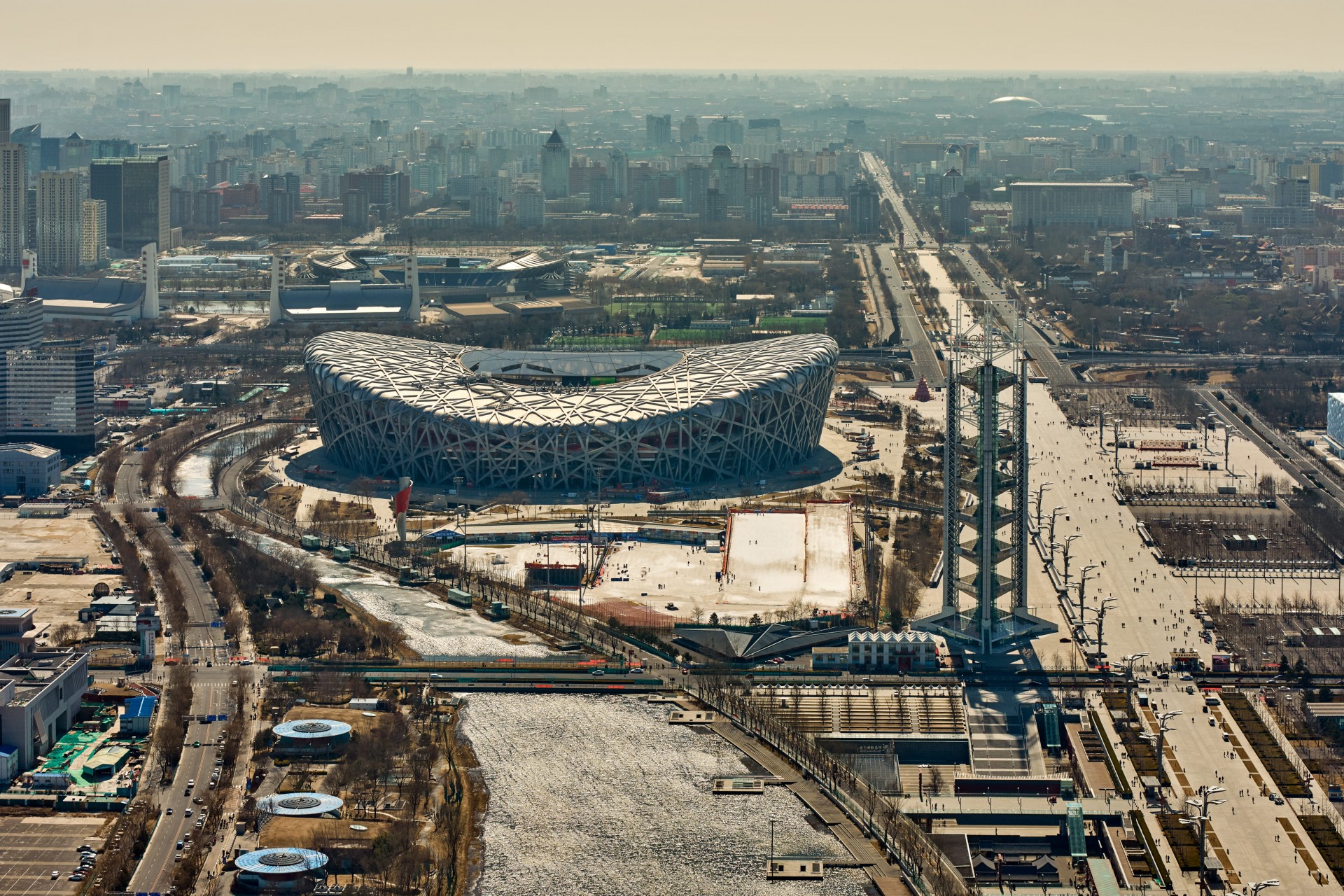
Beijing National Stadium the famous Bird’s Nest We Build Value
The Chinese National Stadium was the 2008 Olympic Games' most striking structure, recognised all over the world. The building's dynamic form and vast scale create a new icon for China and the city of Beijing.